Hopia: A Sweet Taste of Tradition in the Philippines
Hopia, a beloved Filipino pastry with a crispy crust and sweet filling, has a special place in the hearts of many.
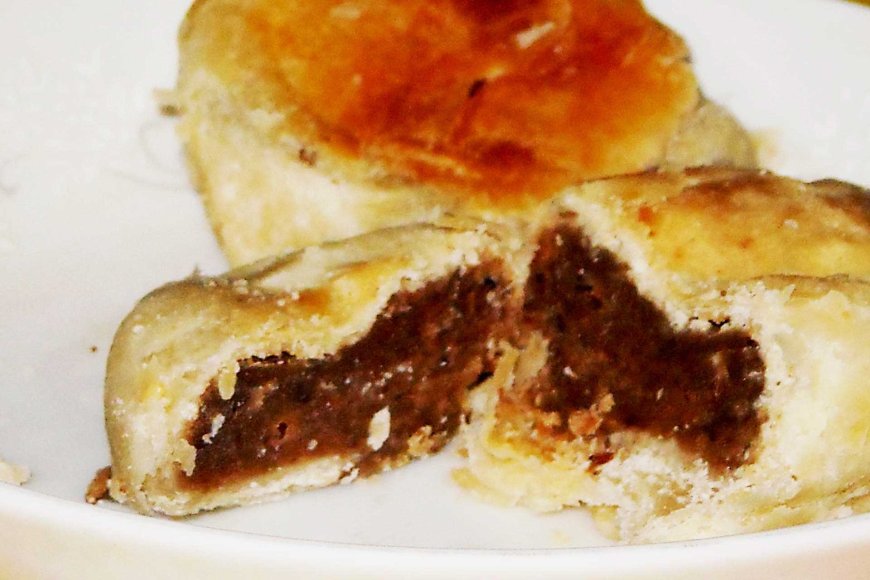
Hopia in Filipino Life
Hopia, a popular pastry in the Philippines, holds a special place in the hearts of many Filipinos. With its flaky crust and sweet fillings, this delicious treat offers a taste of nostalgia and tradition. While hopia has become a staple in Filipino bakeries and households, its roots trace back to Chinese immigrants who brought their culinary influence to the archipelago.
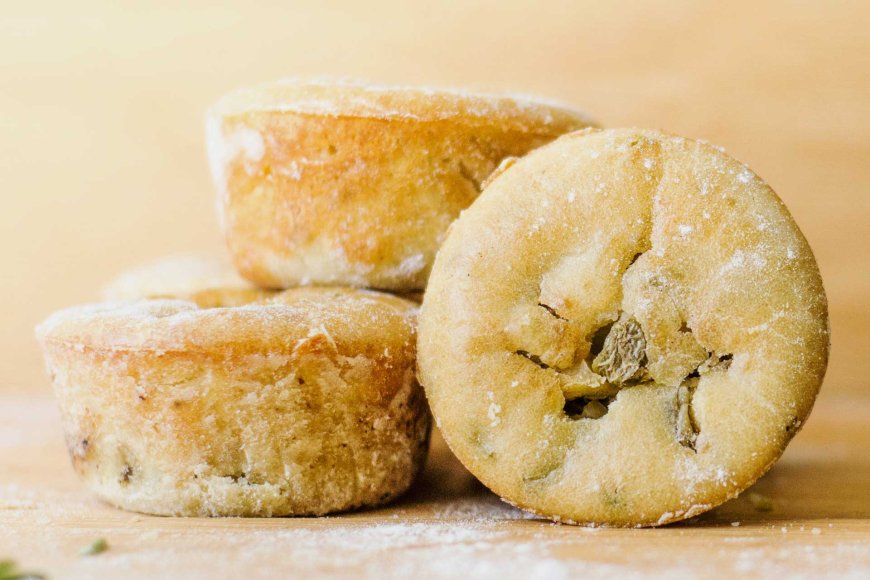
A Taste of History
Hopia, derived from the Chinese words "ho" (good) and "pia" (cake), has its origins in the Fujian province of China. The Chinese immigrants, primarily Hokkien, brought this delicacy to the Philippines in the early 20th century. Initially, hopia was introduced as a simple pastry with mung bean filling, known as hopia mongo or munggo. The integration of hopia into Filipino culture is a testament to the country's historical trade relationships and its ability to embrace diverse culinary traditions.
The fusion of Chinese and Filipino influences resulted in unique variations of hopia, making it a beloved treat across the nation. Over time, Filipino bakers have added their twists to this pastry, experimenting with different fillings and techniques, creating a variety of hopia flavors that cater to a wide range of palates.
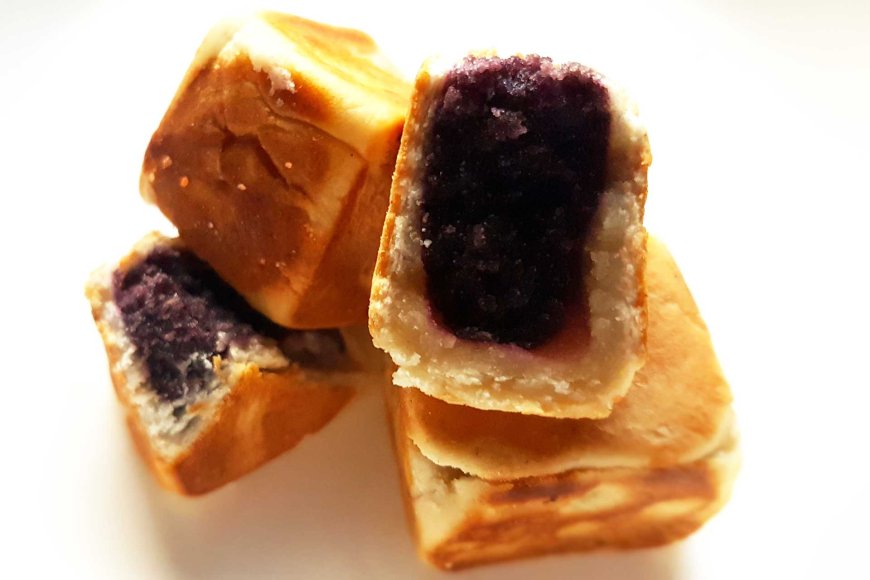
The Varieties of Hopia
One of the reasons hopia has become so popular in the Philippines is its versatility. While the traditional hopia has mung bean paste, modern variations have expanded to include a wide range of flavors, appealing to both the young and old. Here are some of the most popular hopia varieties you can find in the Philippines:
- Hopia Mongo (Mung Bean):This is the classic and most common type of hopia, filled with sweet mung bean paste. The filling is made from mashed mung beans cooked with sugar, giving it a smooth texture and a mildly sweet taste.
- Hopia Baboy (Pork Floss):Despite its name, hopia baboy does not contain chunks of pork but rather utilizes pork fat to create a savory-sweet filling. The mixture of green onions and pork fat imparts a unique flavor profile that contrasts with the sweeter hopia varieties.
- Hopia Ube (Purple Yam):Ube, or purple yam, is a popular flavor in Filipino desserts. Hopia ube combines the creamy, rich taste of ube halaya with the flaky hopia crust. Its vibrant purple color and sweet taste make it a favorite among Filipinos, especially during festive occasions.
- Hopia Buko (Coconut):Another variation is hopia buko, filled with a sweet coconut filling. This type of hopia is often enjoyed by those who love the tropical flavor of coconut, adding a refreshing twist to the traditional pastry.
- Hopia Custard:For those with a sweet tooth, hopia custard offers a creamy and luscious filling. The custard is made with egg yolks, milk, and sugar, providing a rich and velvety texture that complements the flaky crust.
- Hopia Queso (Cheese):A more contemporary version of hopia is filled with cheese, offering a savory twist. This variation is particularly popular among those who enjoy a balance of sweet and salty flavors.
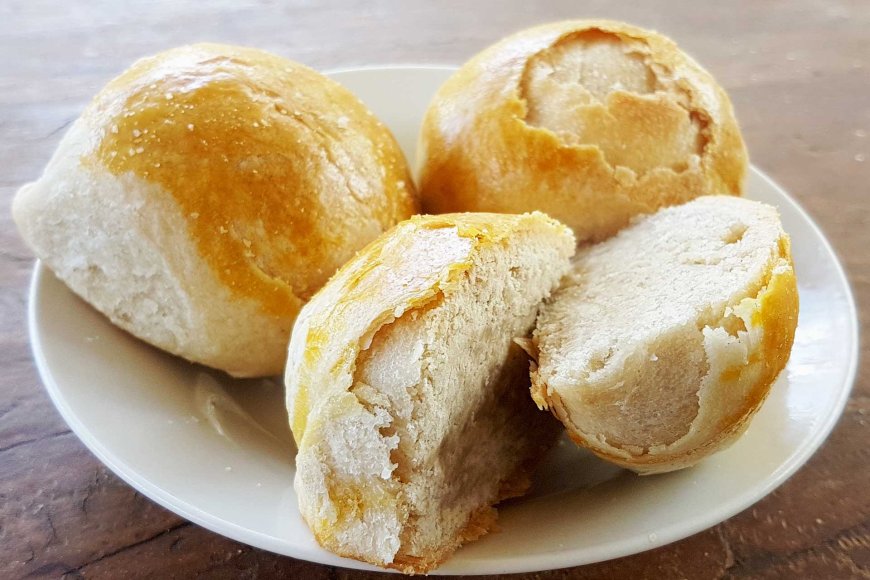
Hopia as a Symbol of Celebration and Sharing
In Filipino culture, hopia is more than just a snack; it is a symbol of sharing and celebration. Traditionally, hopia is given as a gift during the Chinese New Year, birthdays, and other special occasions. Its round shape represents unity and completeness, making it a fitting gift for celebrations that emphasize togetherness and good fortune.
Hopia's popularity has transcended generations, becoming a common sight in pasalubong (souvenir) shops across the Philippines. Pasalubong, a Filipino tradition of bringing home gifts or treats for family and friends after a trip, often includes hopia. Its portability, long shelf life, and delightful taste make it an ideal gift that can be shared with loved ones.
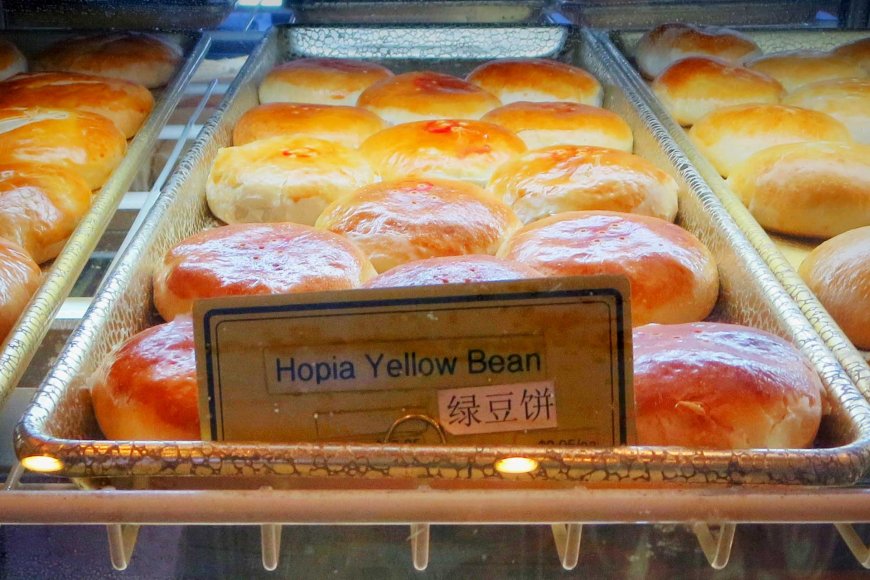
Evolving with Modern Tastes
As the culinary landscape in the Philippines continues to evolve, so does hopia. Bakers and confectioners are constantly experimenting with new flavors and ingredients, catering to modern tastes while still preserving the traditional essence of this beloved pastry. Some contemporary hopia variations include chocolate, durian, and even mochi, showcasing the creativity of Filipino bakers in blending different flavors and textures.
The rise of artisanal bakeries and online pastry shops has also contributed to the growing popularity of hopia. Today, hopia can be found not only in traditional Chinese bakeries but also in high-end cafes and specialty stores, reaching a broader audience and gaining recognition beyond its cultural roots.
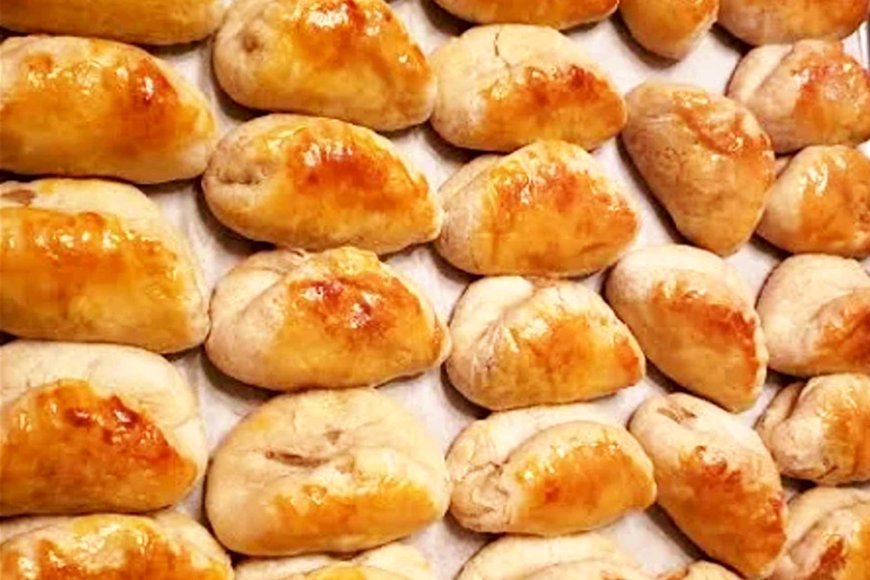
Hopia's Timeless Appeal
Hopia's enduring popularity in the Philippines is a testament to its timeless appeal. Its ability to adapt and evolve while retaining its traditional charm makes it a unique and cherished part of Filipino culinary heritage. Whether enjoyed as a snack with a cup of coffee or given as a gift during special occasions, hopia continues to bring joy and a sense of nostalgia to those who savor its sweet, flaky goodness.
In a world where culinary trends come and go, hopia stands as a symbol of cultural fusion, tradition, and the simple joy of a delicious pastry shared among friends and family.
Find Cheap Flight Tickets to any Destinations in Japan and the Philippines
Nipino.com is committed to providing you with accurate and genuine content. Let us know your opinion by clicking HERE.






























































